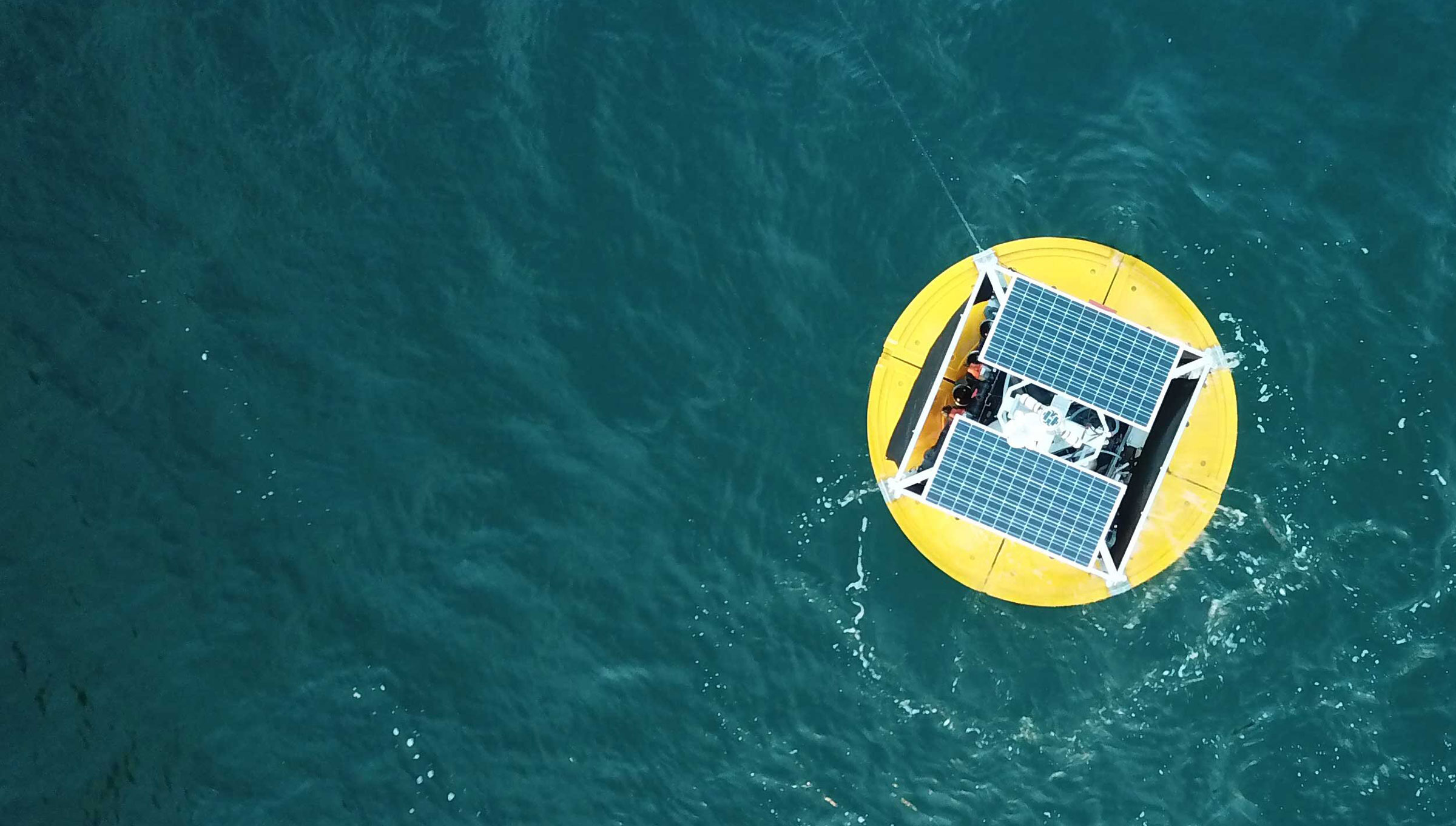Until now, conventional desalination plants have required large areas of land for their development, usually in sensitive coastal areas, as well as long planning and construction periods and therefore large investments. Their operation was also energy-intensive. However, with the proposal put forward by the Canadian company Oneka, the process of desalinating salt water could change forever.

Oneka’s new system does not require the construction of large infrastructures, is automatic and does not require external energy or produce CO2 emissions. It is therefore environmentally friendly. It is an alternative system that “converts seawater into fresh water in an innovative and sustainable way by harnessing wave energy“.

As the Canadian firm explains, the system consists of floating units or “buoys” inside which a series of pumps driven by the oscillating motion of the waves pressurise the water and propel it towards a plant that filters and desalinates it by means of an energy-optimised reverse osmosis process. Oneka’s floating units remain anchored to the ocean floor. The system can be configured in three ways: with a desalination plant on each of the buoys; with a larger plant on larger buoys; or with a distribution tank located on land to which the buoys supply fresh water. The device requires a minimum average wave height of 1 m to operate.

The system is capable of producing from 1 m3 of fresh water per day, with the smallest buoys weighing 350 kg, and up to 50 m3 of fresh water every 24 hours in the case of the larger units, which weigh up to 11 tonnes. Regarding the water containing the saline ions captured in the desalination process, Oneka assures that “the brine we discharge has a negligible impact on marine flora and fauna, as its salt concentration is slightly higher (+30%) than that of the ocean”.
The US Department of Energy awarded the $1 million Waves to Water prize, “which challenged competitors to design, build and test devices that use wave energy to produce clean drinking water from ocean water”, to the Canadian firm.
You can hear testimonials from the creators of the system in this video:






